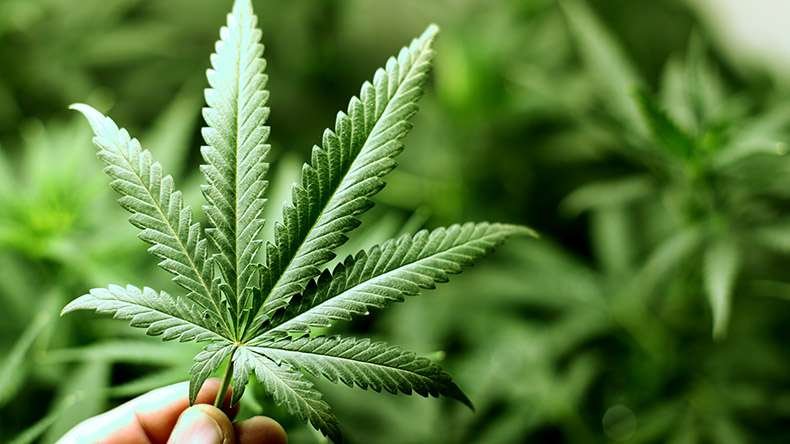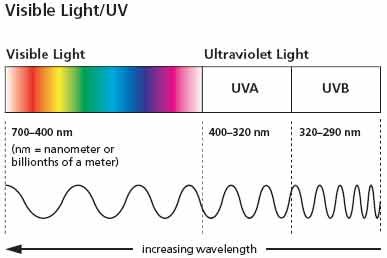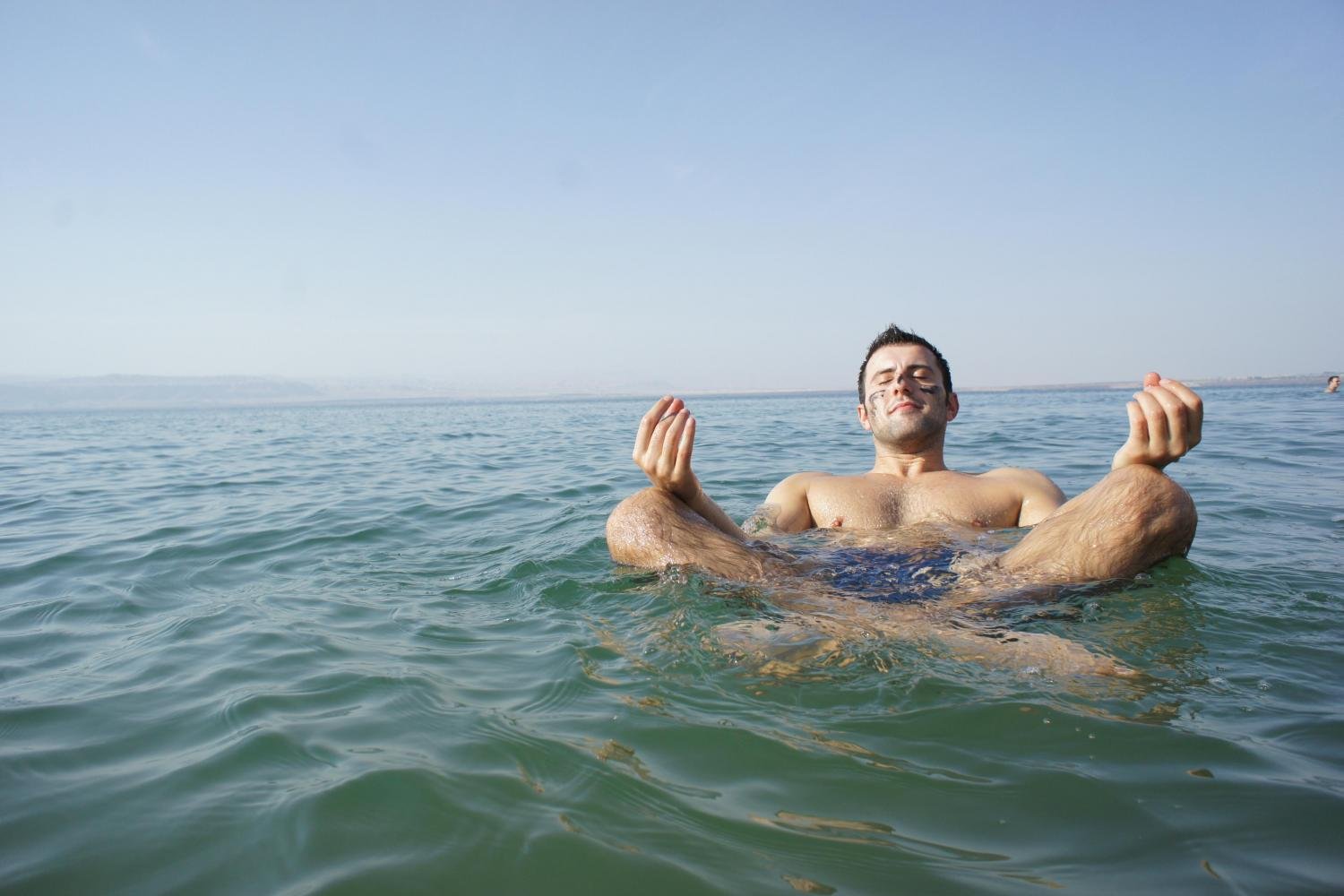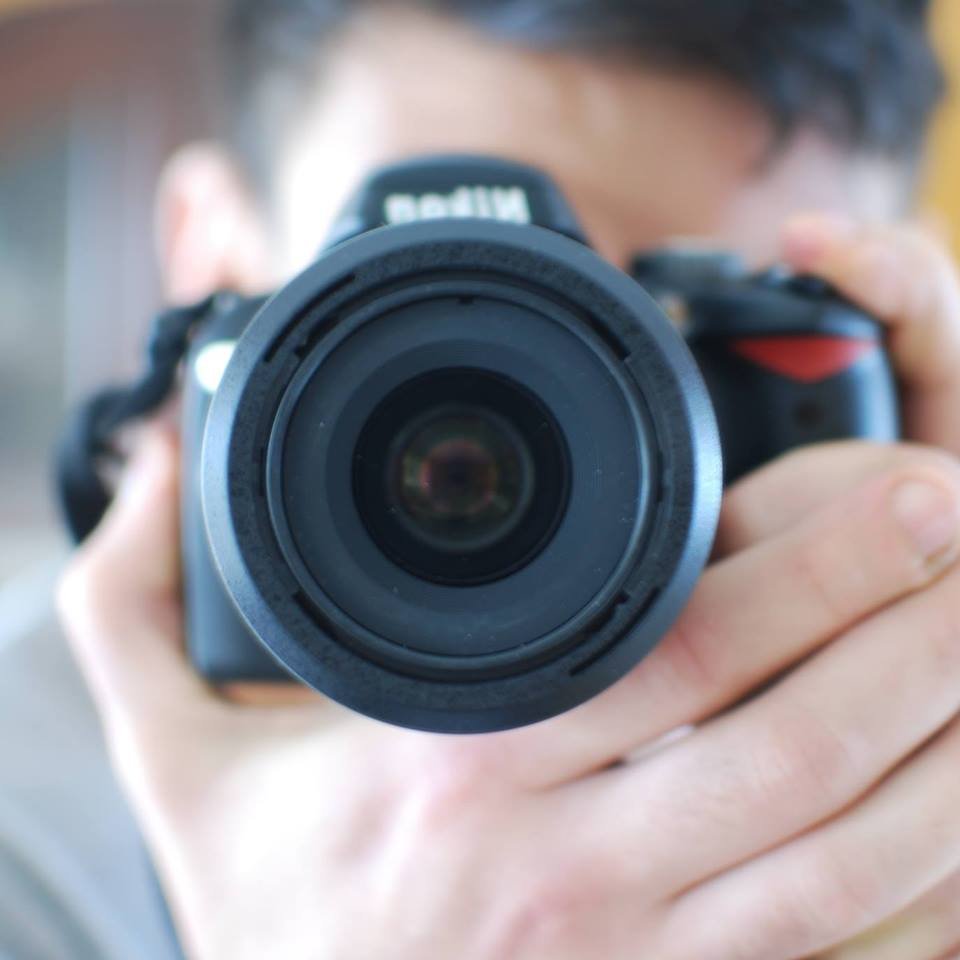Bank holiday weekend is the perfect time for a short euro trip and where better than the famous Amsterdam? Now admitidly I’ve been a few times but never actively taken notice of how smoking a zoot affects my eczema, so this experiment definately had me curious.
Cannabis, green, the chronic, the wonder herb, these are just some of the names the famous drug/plant has taken over the years. What was once condemmed as the devils lettice is now praised as a natural remedy. Pro-pot ‘activists’ have done a great job in reshapping public opinion and much of this has to do with the countless medical marval stories we’ve all been accustomed to, I’m sure you’ve read a few. Whilst some of these stories cover scientific reasearch, many of them revolove around anecdotal evidence following the same basic framework:
- Patient has some poorly understood/controlled medical condition
- Western medicine fails, nothing works
- Doctors don’t know how to treat it
- Patient tries self medicating with cannabis
- Condition drastically improves, remits or completely heals
Galucoma, epilepsy and arthritis are just some of the conditons a joint could treat, but claims as big as it shrinking tumours and curing the big C are not uncommon.
It used the be if you wanted to smoke weed legally you would have to visit Amsterdam. Now Legal cannabis pharmacies have sprung up all across America and crossed over into Canadian cities of Toronto and …. It seems the drug which was once viewed as deadly or for drug addicts or hippies has become cool again, or maybe it was always cool so let’s say more accepted.
Will the NHS approve medical marijuana?
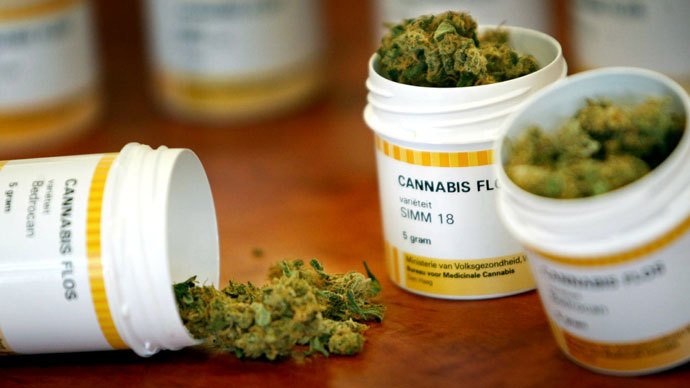
Source: https://www.rt.com/news/france-medicine-marijuana-approve-386/
Maybe, but in no hurry. E-cigarettes, or vapes, have been around for a long time now and multiple scientific studies have demononstarted its advantage over traditional cigarettes, yet they are not avaliable on the NHS (they will be soon). The two biggest problem when it comes to approving new treatments is, quality of evidence and regulation.The NHS is a public funded operation and it needs to be held accountable for how it spends taxpayer money, therefore without 100% convincing evidence they will always be hesitant in approving new treatments. Once the treatment has been approved it will then need to be properly regulatied to ensure a consistently safe supply to patients, this involves a lot of back and forth, and like all government bodies the process takes about 50 times longer than it probably should.
So, does smoking cannabis cure eczema?
In a word, no.
Regardless of which method I used, blunts, joints, bongs (water pipe) or a vaporiser, the scratching always increased post smoke. Now I’m not talking about the type of scratching where I draw blood or I’m in some uncontrollable scratching spree but I definately felt more restless. I was scratching without even noticing I was scratching, and if I wasn’t looking out for it I probably wouldn’t associate it with the weed. But it clearly was, as much as I want to disagree. Sorry my doooby smoking brothers but this isn’t one of those things that cannabis miraculously makes better. The heigtened sensitivity only lasts around 24 hours (post smoke) fortunately, so that increased need to rub my eye, or scratch the back of my head, or arm, etc deminishes with time.
If you seriously want to get rid of you eczema I would definately suggest cutting out the wacky backy, or reducing it at least. Maybe you react different, I don’t know, but you will have to try for yourself to get a more accurate answer. If you can’t do without it for whatever reason, I would suggest smoking via a bong or vaporiser as the best methods; at least this way you can avoid the general dangers of tobbacco smoke.
Can cannabis taken in other ways, besides smoking, help with eczema?
The herb is avaliable in more ways than one. Oils, creams, cakes and lotions are just a few. In fact, a simple google search for eczema and cannabis brings up a lot of information pointing towards topical applications. Whilst injesting cannabis, via a brownie or whatnot, may offer another solution I would say topical treaments are a less disruptive method. Not everyone likes the mental high from cannabis and neither should they have to deal with them if they don’t want to. Topical cannabis preperations, or hemp seed oil, may be benificial to patients sufffering ecema, psoriasis or dermatitis but you, and I, will just have to try it for ourselves.
Keep and Open Mind
Whether you approve or condone the use of marijuana, try to keep an open mind about the possible benifits. It is important to keep a neutral stance when assessing a new treatment as bias views will only skew the results. Those who fall into the pro-cannabis camp need to be warry about any exaggerated claims. Like a placebo, if you convince youself a treatment will work, it probably will, but this does not mean it actually has – rather your perception on the matter has changed. The reverse of this rule also applies for anti-cannabis groups.
 Anyone wanting to visit Amsterdam for a cheap weekend away, I recommend staying at the bulldog. You get a private smoking lounge and it’s a hostel located in the centre of town. Well the centre of the red light district actually but that’s at the heart of the city so all the clubs bars and what not are also nearby by. Couples may want to book an actual hotel, but for a group of friends, it’s a gem.
Anyone wanting to visit Amsterdam for a cheap weekend away, I recommend staying at the bulldog. You get a private smoking lounge and it’s a hostel located in the centre of town. Well the centre of the red light district actually but that’s at the heart of the city so all the clubs bars and what not are also nearby by. Couples may want to book an actual hotel, but for a group of friends, it’s a gem.
You and I are not the same
We are not clones of each other and so what hasn’t worked for me may work for you. Leave a comment in the section below and tell me your experience with cannabis. Did it impove your eczema? or did it make things worse?
